Abstract: The Forest Service, U.S. Department of Agriculture, defines success in the wildland fire response environment as “safely …
Continue Reading about Wildfire Response Performance Measurement: Current and Future Directions
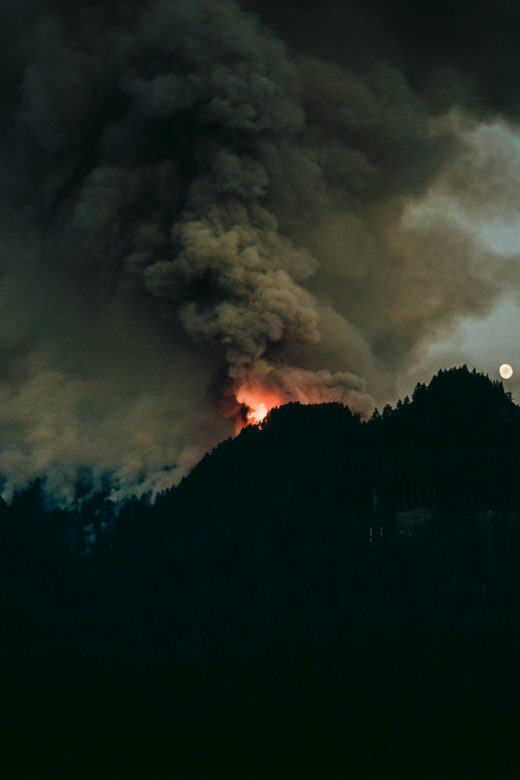
Abstract: The Forest Service, U.S. Department of Agriculture, defines success in the wildland fire response environment as “safely …
Continue Reading about Wildfire Response Performance Measurement: Current and Future Directions
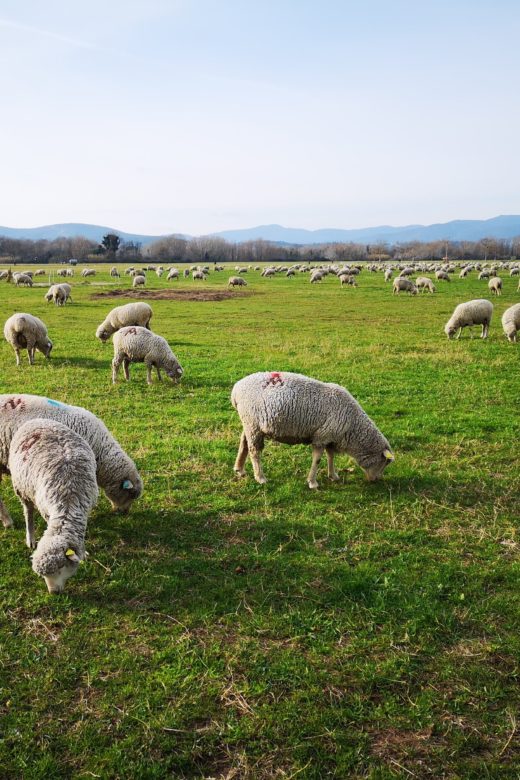
A collection of resources from the Great Basin Fire Science Exchange including tools and resources for planning and implementing …
Continue Reading about Targeted Grazing – A Collection of Resources
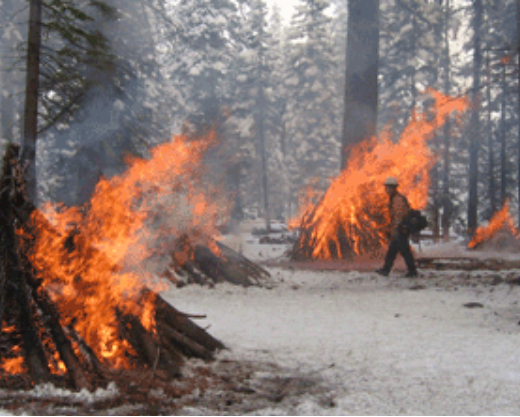
Fact sheet for making small-batch biochar yourself from Utah State University. This tool can be used reduce hazardous fuel loading …
Continue Reading about Hazardous Fuels Reduction Using Flame Cap Biochar Kilns
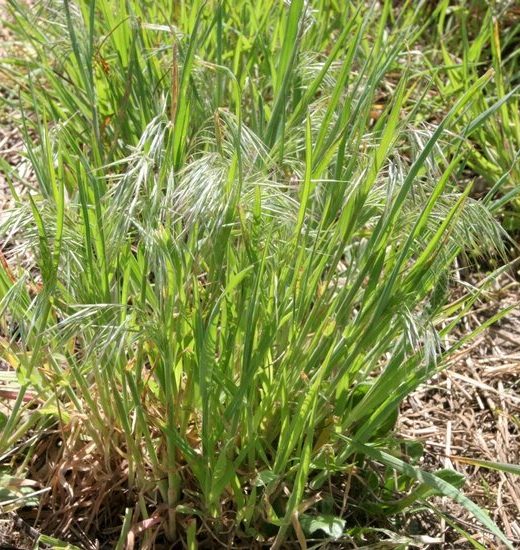
Abstract: Downy brome (Bromus tectorum L.), a winter annual grass, is considered one of the most invasive non-native rangeland …
Continue Reading about A Potential New Herbicide for Invasive Annual Grass Control on Rangeland
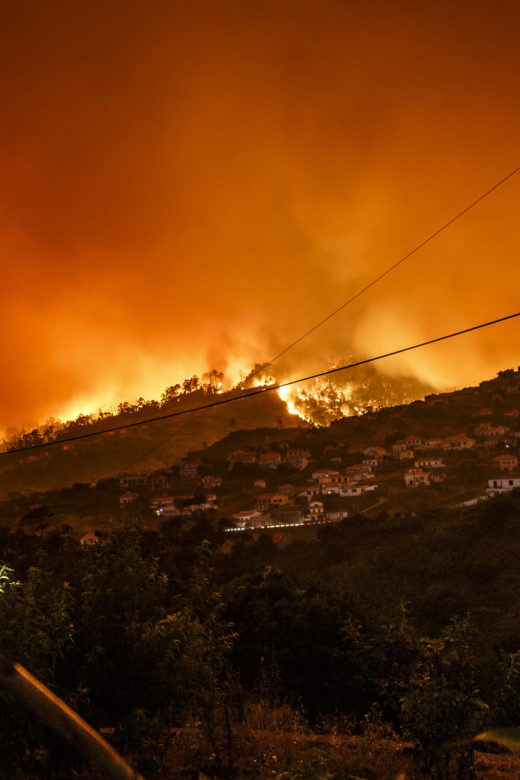
Increasing home development in wildfire-prone areas, coupled with climate change, are exacerbating wildfire risks to many …
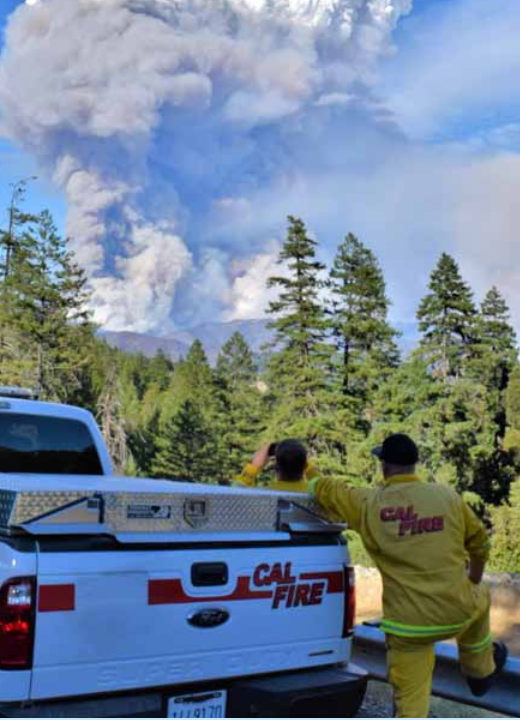
Wildfires have increased in size, severity, and frequency in most western forests over the last three decades, as demonstrated by …
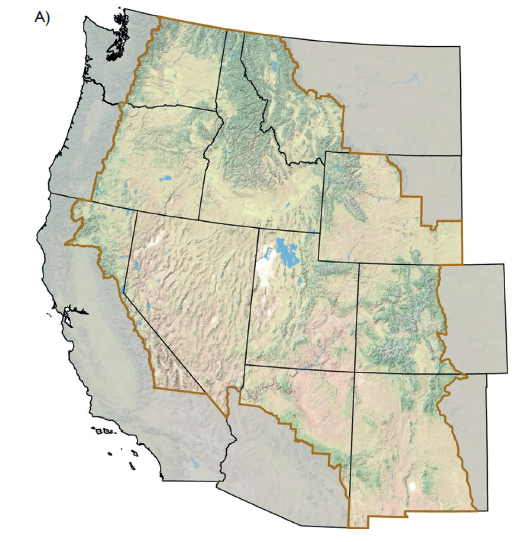
Shannon L. Clark, Agricultural Biology Department, Colorado State University, Fort Collins, Colorado, USA. Invasive winter annual …
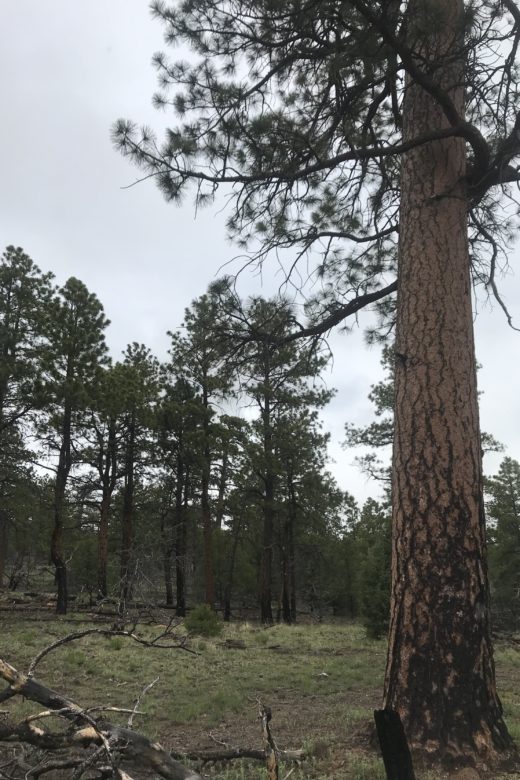
Documents patterns of conifer reduction across sage-grouse range over the past several years overlapping with concerted …
